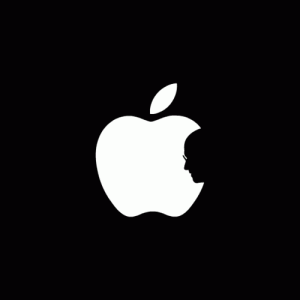 We’ve all heard that Steve Jobs, the iconic CEO of Apple is stepping down (or up) and will remain at Apple as Chairman of the Board and that Tim Cook will take over day-to-day duties as CEO.
We’ve all heard that Steve Jobs, the iconic CEO of Apple is stepping down (or up) and will remain at Apple as Chairman of the Board and that Tim Cook will take over day-to-day duties as CEO.
As a result, there’s lots of talk these days about talent and whether we’re likely to see another Steve Jobs anytime soon. After all, how many technology CEO’s can you think of that would think much less say: “A lot of people in our industry haven’t had very diverse experiences. So they don’t have enough dots to connect, and they end up with very linear solutions without a broad perspective on the problem. The broader one’s understanding of the human experience, the better design we will have”.
So, let’s imagine that you’re the CEO of a hot tech company, real cutting edge and you just got funded and are on a hiring blitz. You have a candidate named Steve Jobs in front of you. Let’s imagine what would happen.
You: So tell me about yourself.
Steve: Well, I dropped out of college after one semester and went to India and became a Buddhist. That’s why I’m wearing these robes right now. They help me think different.
You: Hmmmm. Do you have any other training?
Steve: Yeah, I audited this really cool course on calligraphy and I think it’s going to have a huge impact on the way people use technology one day. I don’t know how yet, but I just know it.
You: Ah, ha, right. Did you take any technology courses?
Steve: Well, I hung out after high school at HP and listened to a bunch of lectures. But they don’t really know what they’re talking about. Matter of fact, I think they’ll eventually get out of the computer business completely one day.
You: Right. Now, we’re pretty enlightened here but it says on your social media page that you took LSD. Would you like to comment on that?
Steve: It’s one of the two or three most important things I’ve done in my life. You see, altered perceptions are what permit a finer connection to the customer experience. It’s the groove. If you can’t grok the customer and what they’re feeling then you have nothing. It’s the void. That’s why I’m going to wear black slacks and black turtle necks all the time some day – to remind me of that.
You: I see. Now our investors want us to do really well. How do you feel about that?
Steve: Being the richest man in the cemetery doesn’t matter to me.
You: We’ll, is there anything else maybe you’d like to add that might make you qualified to join us?
Steve: I’m an orphan, my biological dad eventually married my biological mom but they had already given me away – it’s complicated. And, my dad’s an Arab Muslim. It’s all made me who I am – I think different.
You: Yes, indeed you do. Well, thank you for coming in. We’ll let you know.
So I ask you, how can we expect to have more Steve Jobs unless they rise to the top themselves? Because I sincerely doubt there are many companies that are capable of hiring based on the quality of the thinking a person brings to the table rather than the qualifications they bring on paper.
What do you think?





 Phew, I can’t believe it’s been almost a year since I’ve written a blog. It’s been an incredible ride.
Phew, I can’t believe it’s been almost a year since I’ve written a blog. It’s been an incredible ride.


